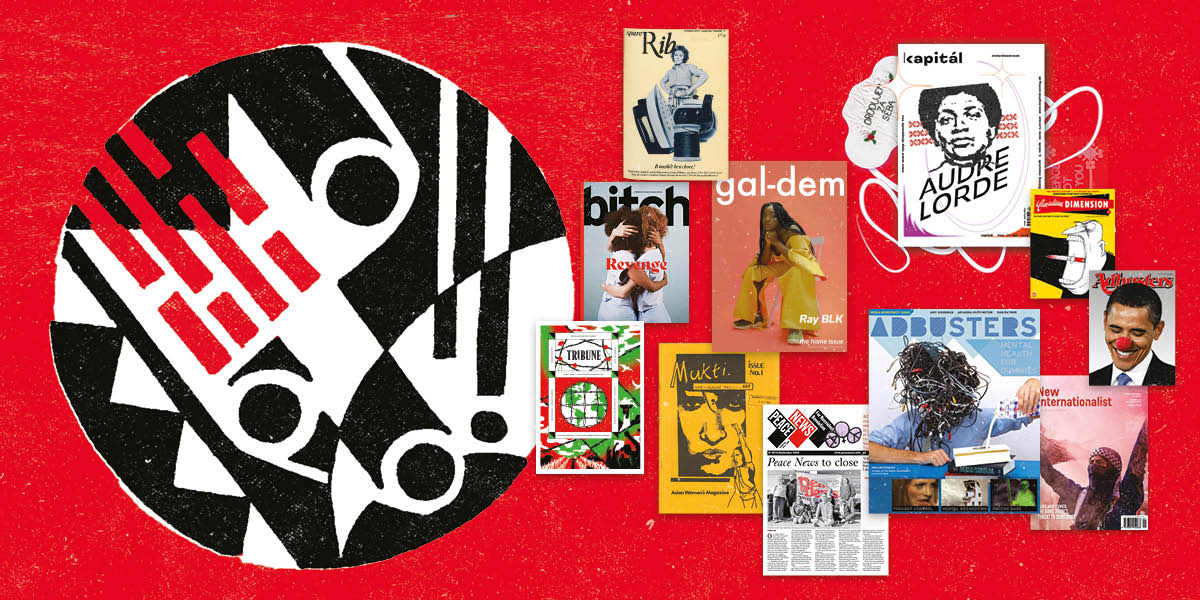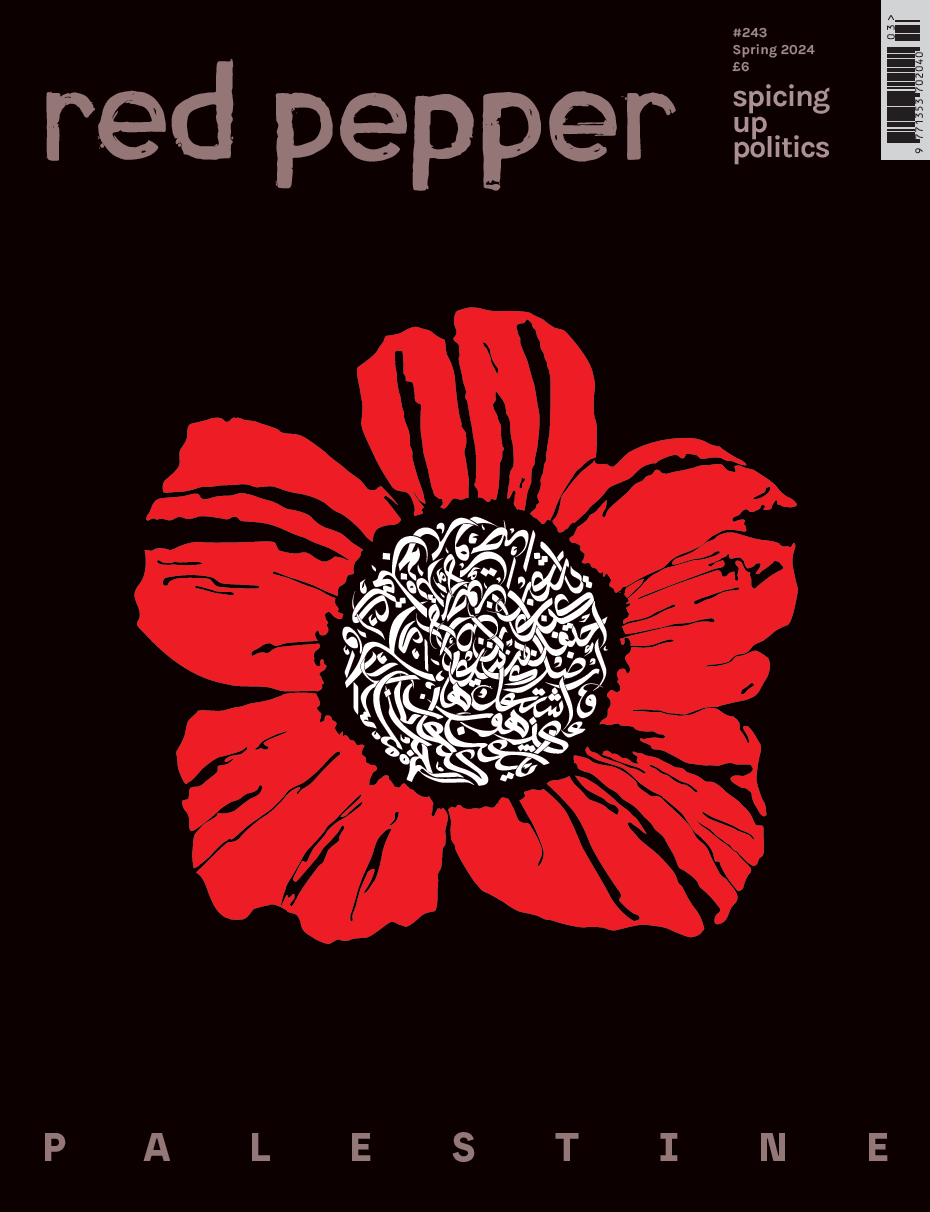Proletarian prints
Documenting the Chartist movement, the Northern Star (1837-52) was once the second most popular newspaper in Britain – before its readership declined alongside the movement in the mid century. Sylvia Pankhurst’s Women’s Dreadnought, later named the Worker’s Dreadnought (1914-24) was an early voice in communist circles critical of the Bolshevik regime and racism within the British left. The Daily Worker (1930-66), founded by the Communist Party of Great Britain (CPGB), became an independent readers’ co-operative in 1945 – and continues to print (and post online) as the Morning Star (1966-present).
Feminist texts
Feminist movements the world over have produced rich print cultures since the invention of the press, from early suffragist periodicals and DIY zines to widely distributed, glossy magazines. The iconic Spare Rib (1972-93) housed turbulent debates involving internationally renowned thinkers from Nawal El Saadawi to Angela Carter. Mukti (1983-87) briefly carved space for British-Asian women’s voices in the movement while women of colour led gal-dem (2015-23) lit a beacon for representation in the journalistic landscape.
Small-scale publications still abound, such as the queer-led DIY newsletter Dyke News Scotland (2024-present), available for free across Glasgow and Edinburgh. In the US, Bitch (1996-2022) grew from hand distributed pamphlets to a circulation of over 80,000. Ms (1971-present), co founded by Gloria Steinem, continues to publish, while Lux (2021-present), named for Rosa Luxemburg herself, has given socialist feminist print a modern face.
Phoenixes rise
Some publications weather hard times to be born anew – a journey epitomised by Tribune (1937-present), the democratic socialist newspaper then-magazine, which teetered on the brink of closure repeatedly in the 2000s and 2010s before relaunching in 2018 backed by US-based Jacobin (2010-present). New Socialist has been reborn in name alone – the first title was a Labour Party funded pluralist journal (1981-90). Its namesake (2017-present) remains a critical voice from below within the left.
Bitter ends
Financial pressures and waning readerships are not the only reasons inkwells run dry. The official newsletter of the Russian Social Democratic Labour Party, Iskra (‘The Spark’, Russia, 1900-05), was established by Lenin and Martov but quickly imploded after factional splits between the Bolsheviks and Mensheviks. Internal strife continues to threaten the vitality of left wing print – after nearly 90 years in circulation, the anti-militarist Peace News (1936-24) recently shuttered when a dispute between its editorial board and trustees led to the resignation of the magazine’s staff.
Digital revolutions
Publications have adapted to rising print costs and the digital media boom. Canadian Dimension (1963-present, digital-only since 2019) and Kapitál Noviny (Slovenia, 2017-present, digital-only since 2024) have ceased print while expanding editorial capacity and creativity. Hybrid models have proven re-energising for others. The Australian new left forum Arena (1964-present) straddles quarterly print, weekly online and regular in-person editions; the UK anarchist stalwart Freedom (1886-present) now publishes near exclusively online with a semi annual print journal; and the bi-monthly behemoth New Left Review (1960-present) is reaching new audiences with its free offering, Sidecar (2020-present).
The survivors
Despite the twists and turns of print, all that have come and gone have contributed to radical movements by going to press – and leaving legacy archives and intellectual influence in their paper trail. Plenty more are standing the tests of time. As the devolved nation’s longest-running radical magazine, the Scottish Left Review (2000-present) continues to publish bi-monthly, while Bella Caledonia (2007-present) champions Scottish democracy across print and online in English, Gaelic and Scots.
In Italy, the communist paper Il Manifesto (1969-present) has only upped its output, switching from monthly to daily in 1971 and going strong online and in print. Anti consumerist agitators and Occupy originators Adbusters (1989-present) continue to spoof ad-filled glossy mags worldwide. Progressive global magazine New Internationalist (1973-present) turned 50 in 2023. And the US-based intellectual giant Dissent (1954-present) recently celebrated 70 years of provocations. These and many more show appetites to consume and produce print media have substantial power to evolve – and to endure.










